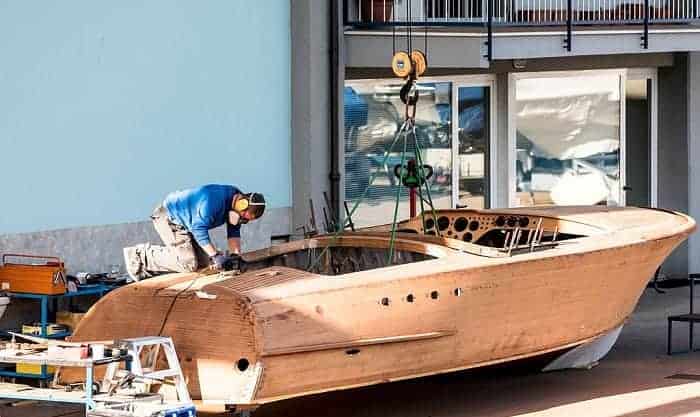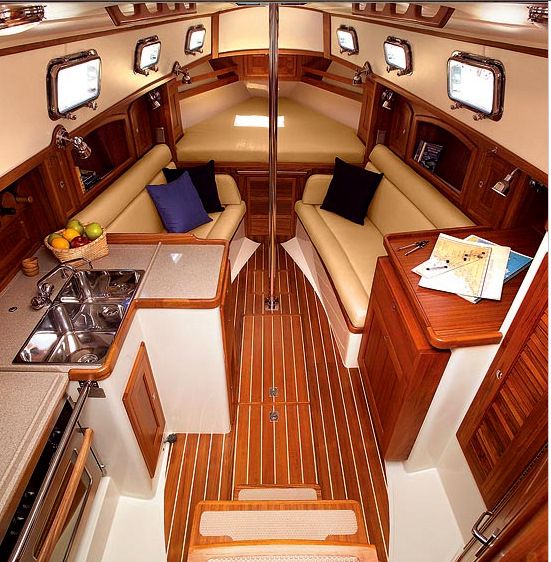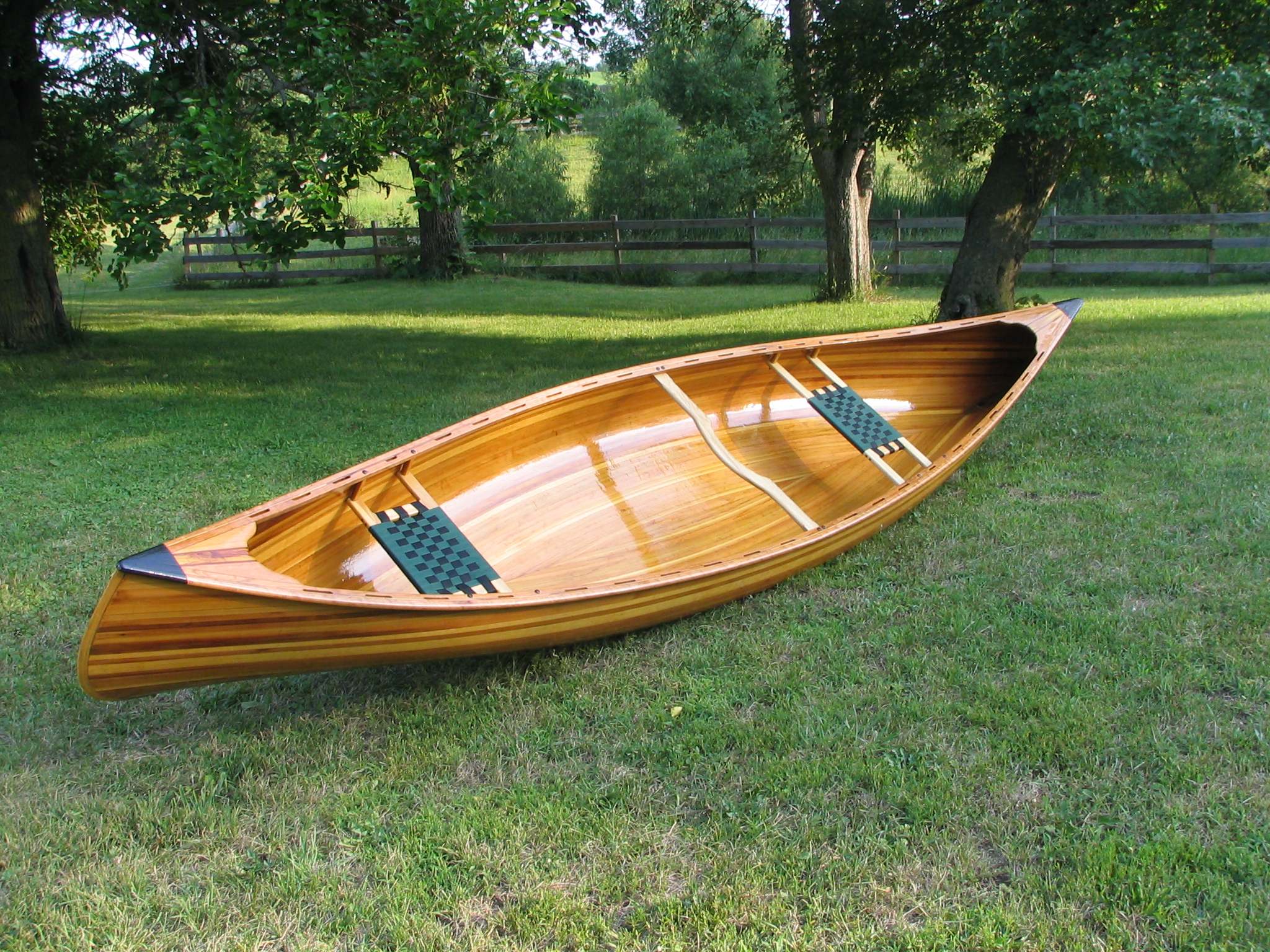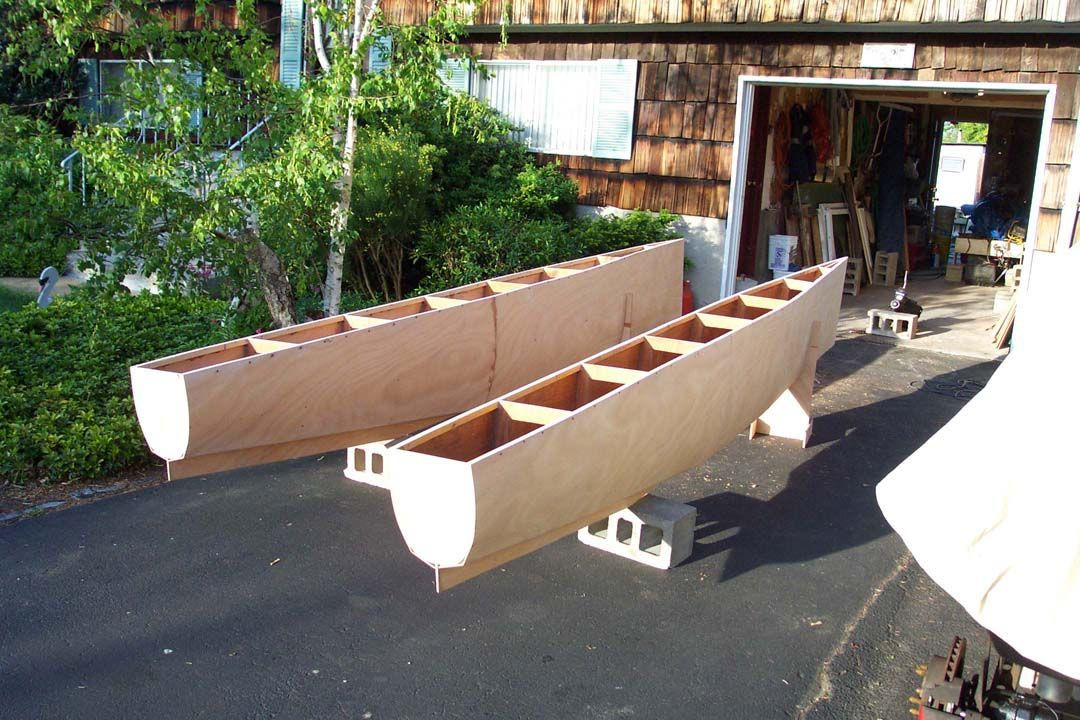How to Master Wooden Boat Making for Freshwater and Saltwater Use

Beyond the Planks: Unconventional Insights from "How to Master Wooden Boat Building for Freshwater and Saltwater Use"
Wooden boat building is a timeless craft, blending artistry with engineering. While many books cover the fundamentals, "How to Master Wooden Boat Building for Freshwater and Saltwater Use" (assuming this is the book's title â€" please provide the actual title if different) offers a chance to delve deeper. This review won't rehash the basics of scarf joints or epoxy application. Instead, we'll explore some rarely discussed aspects, using a question-and-answer format to uncover fresh perspectives for both seasoned builders and enthusiastic novices.
The Unsung Heroes of Boatbuilding: Material Selection Beyond the Obvious
Choosing the right wood is crucial, but what about the often-overlooked components? Let's explore some unconventional angles.
Q: Beyond traditional hardwoods like oak and cedar, what alternative materials offer unique advantages in wooden boat construction?
A: The book (assuming it covers this) likely touches on the use of sustainable and locally sourced woods. But consider this: What about using reclaimed lumber? Old-growth timbers, while potentially more expensive, offer unparalleled strength and weather resistance. Think of the unique character and history infused in a boat built from reclaimed barn wood or railway sleepers. Researching the source and appropriate treatment for such material is key, and this book hopefully expands on this.
Q: How can we minimize environmental impact while maximizing the longevity of our wooden boat?
A: This goes beyond selecting sustainable wood. Consider using bio-based epoxy resins, minimizing waste through precise cutting techniques, and exploring environmentally friendly finishing options. The book's approach to environmentally conscious boatbuilding is a crucial aspect to evaluate, aligning with growing demands for sustainable practices within the craft industry.
Beyond the Blueprint: Adapting to Unexpected Challenges
Even the best plans can throw curveballs. Let's examine how to handle unforeseen obstacles.
Q: What innovative solutions exist for repairing damage sustained from unforeseen events (e.g., grounding, collisions)?
A: Traditional repair methods are well-documented, but the book should ideally address modern, perhaps more eco-friendly solutions. For example, using bio-resin composites for patching, incorporating recycled materials into repairs, or exploring innovative techniques using advanced adhesives and fillers. The emphasis should be on both structural integrity and aesthetic restoration.
Q: How can a builder adapt plans to accommodate variations in wood characteristics or unexpected material availability?
A: This is where true craftsmanship shines. The book should empower builders to make informed decisions about substitution, adapting joinery techniques, or even slightly modifying the design based on material properties. A skilled boat builder is not simply a follower of plans but a problem-solver who can creatively overcome limitations. This adaptability requires a thorough understanding of wood mechanics and structural principles, which the book should emphasize.
The Future of Wooden Boatbuilding: Integrating Technology and Tradition
Q: How can digital tools, like 3D modeling and CNC routing, enhance the traditional process of wooden boatbuilding while preserving the essence of the craft?
A: This is a fascinating area rarely explored in detail. While some may view technology as an affront to tradition, it can actually be a powerful ally. 3D modeling allows for precise design and visualization, while CNC routing can handle repetitive tasks with high accuracy, freeing up the builder to focus on the more intricate and artistic aspects of the project. A good book will highlight how these tools can enhance, not replace, the traditional skills.
In conclusion, "How to Master Wooden Boat Building for Freshwater and Saltwater Use" (again, assuming this is the correct title) has the potential to be more than just a "how-to" manual. By addressing these less-discussed aspects and integrating new perspectives, it can inspire a new generation of skilled boatbuilders and contribute to the evolution of this beautiful and enduring craft. The inclusion of case studies, examples of innovative solutions, and exploration of sustainable practices would greatly enhance its value. The book's success hinges on its ability to foster creativity and problem-solving skills alongside the essential technical knowledge. By moving beyond the purely technical, the book can truly master the art of wooden boatbuilding.

















